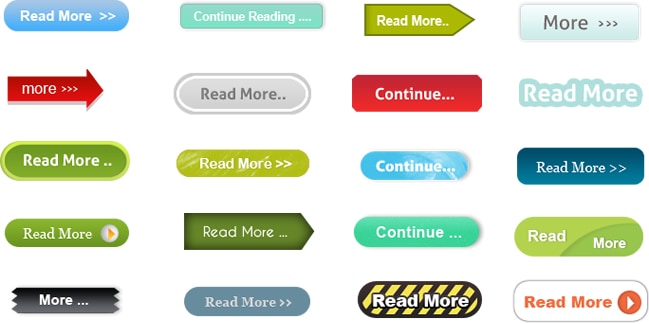How To Get The Most Out Of Paid And Organic Search
Posted by Rosa Vester on January 30th, 2021
 I’m often challenged by clients on how to do more with less. Particularly, how to grow their brand and performance online while spending less money. We’re always looking for efficiencies within paid search - dropping the CPCs over here, improving the ads over there - but to drive true efficiency, organic and paid channels need to be integrated. We find step changes in efficiency by working together, not against each other. So how can two channels that should work hand in hand, but often don’t - paid search and organic search - work together to drive efficiencies and performance improvements? While there are differing factors to determine rank for PPC ads and SEO listings, both share the same space. When both channels are at the top of the page, it makes sense to consider whether your investment in paid search is driving incremental revenue, or whether it’s simply cannibalising your organic revenue. Key tactics to do this include trade-off analysis, PPC bid adjustments based on organic rankings and using PPC ad copy testing to inform metadata and page titles. As we can’t look at data on an individual impression level, weighted correlation needs to be used (in the same way that you need to weight average position by impression before you find the average across multiple keywords). contextual backlinks leads nicely to my next point. While in almost all cases other metrics will take precedence over this, it can be useful to take organic average position into account before pushing bids on a keyword that is competing against high position organic results. If you have a paid SEMrush subscription, you can use a script to label keywords pulled from its API. A final way, I’ve seen success in aligning paid and organic search to holistically drive better performance using PPC ad copy testing to inform wording for metadata and page titles. The theory is that keywords which drive users to click through from ads in the search engine results page (SERP) results to the website will help increase click-through rate across the site. We’ve seen this approach deliver great results across multiple clients to help drive customers through to the next stage of the marketing funnel. If you’re looking to drive efficiency you should really be looking to integrate your channels, and follow a methodology of letting them work together to achieve more with less. Key ways of approaching this are to test different positions for the PPC ad, measure the paid and organic sales and revenue holistically to consider organic position when optimising PPC bids. You should also look to use winning messaging from PPC ads to inform metadata and page title wording. While you might have differing goals for paid and organic search, when both appear in the same space, it’s worth measuring both channels together to ensure spend isn’t wasted.
I’m often challenged by clients on how to do more with less. Particularly, how to grow their brand and performance online while spending less money. We’re always looking for efficiencies within paid search - dropping the CPCs over here, improving the ads over there - but to drive true efficiency, organic and paid channels need to be integrated. We find step changes in efficiency by working together, not against each other. So how can two channels that should work hand in hand, but often don’t - paid search and organic search - work together to drive efficiencies and performance improvements? While there are differing factors to determine rank for PPC ads and SEO listings, both share the same space. When both channels are at the top of the page, it makes sense to consider whether your investment in paid search is driving incremental revenue, or whether it’s simply cannibalising your organic revenue. Key tactics to do this include trade-off analysis, PPC bid adjustments based on organic rankings and using PPC ad copy testing to inform metadata and page titles. As we can’t look at data on an individual impression level, weighted correlation needs to be used (in the same way that you need to weight average position by impression before you find the average across multiple keywords). contextual backlinks leads nicely to my next point. While in almost all cases other metrics will take precedence over this, it can be useful to take organic average position into account before pushing bids on a keyword that is competing against high position organic results. If you have a paid SEMrush subscription, you can use a script to label keywords pulled from its API. A final way, I’ve seen success in aligning paid and organic search to holistically drive better performance using PPC ad copy testing to inform wording for metadata and page titles. The theory is that keywords which drive users to click through from ads in the search engine results page (SERP) results to the website will help increase click-through rate across the site. We’ve seen this approach deliver great results across multiple clients to help drive customers through to the next stage of the marketing funnel. If you’re looking to drive efficiency you should really be looking to integrate your channels, and follow a methodology of letting them work together to achieve more with less. Key ways of approaching this are to test different positions for the PPC ad, measure the paid and organic sales and revenue holistically to consider organic position when optimising PPC bids. You should also look to use winning messaging from PPC ads to inform metadata and page title wording. While you might have differing goals for paid and organic search, when both appear in the same space, it’s worth measuring both channels together to ensure spend isn’t wasted.


